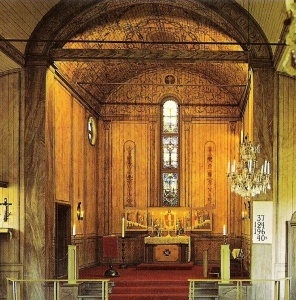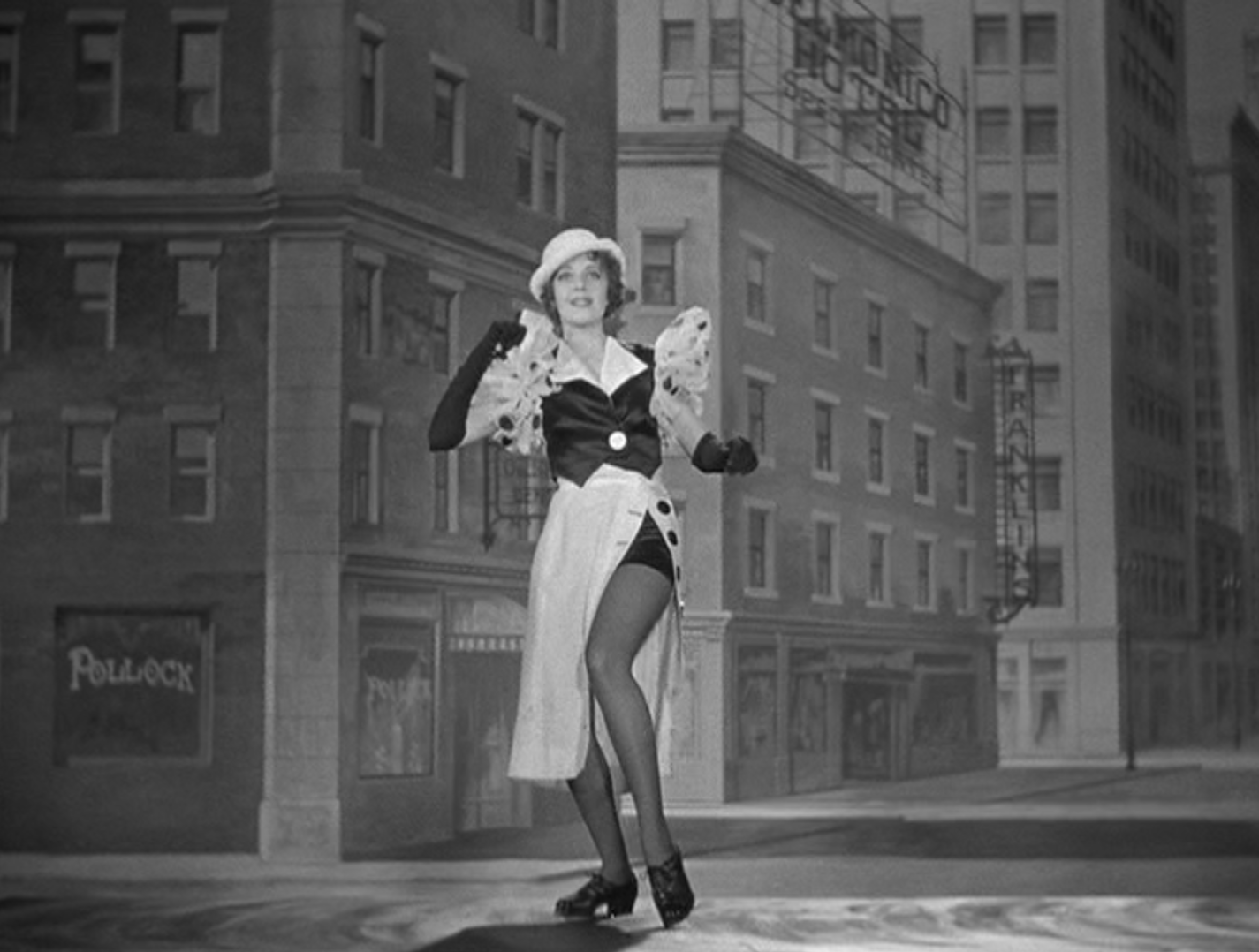ONP Garnier, Monday June 6 2016
Conductor: Fabio Luisi. Production: Calixto Bieito. Sets: Rebecca Ringst. Costumes: Ingo Krügler. Video: Sarah Derendinger. Lighting: Franck Evin. König Lear: Bo Skovhus. König von Frankreich: Gidon Saks. Herzog von Albany: Andreas Scheibner. Herzog von Cornwall: Michael Colvin. Graf von Kent: Kor-Jan Dusseljee. Graf von Gloster: Lauri Vasar. Edgar: Andrew Watts. Edmund: Andreas Conrad. Goneril: Ricarda Merbeth. Regan: Erika Sunnegardh. Cordelia: Annette Dasch. Narr: Ernst Alisch. Bedienter: Nicolas Marie. Ritter: Lucas Prisor. Orchestra and chorus of the Opéra National de Paris.
"Tout y était. Il n'y a rien à dire." So said my neighbour at the end, and he was right. What can you add when, for once, everything is at such a fervent pitch, with singing, acting and playing consistently, even triumphantly (if such a word can be used in the gruesome context of King Lear) meeting the enormous demands of an uncompromising score in an uncompromising production. I will put in a special word for the energy, commitment and generosity of Ricarda Merbeth and Bo Skovhus, here more impressive by far than I ever saw and heard them before, and for the phenomenal performance of Andrew Watts in a role seemingly calling for both baritone and countertenor voices in one. But this wasn't the kind of performance where you really want or need to single one singer out: the cast was, frankly, amazing and, after the traditional vaguely-chaotic start, the orchestra warmed up to its absolute best, playing up a storm - literally, of course, when called for, and to thunderous effect.
Calixto Bieito's production was simple, uncompromising, as I said and as you might expect, hugely demanding of the singers' acting skills and hugely successful in bringing them out: a directing tour de force, though in a fairly simple, single construction. The stage and proscenium were clad with black boards, as if tarred or charred, and during the opening scenes a kind of "curtain" of similarly charred or tarry-looking planks hung vertically across the stage. The lighting, mostly starkly white, softened with dry-ice haze, verged on expressionistic: searchlight-like spots criss-crossing downwards and beams cast between the planks by pinpoint backlights (that annoyed one member of the audience, who voiced his complaint about them loudly at the end of the first half). The contemporary costumes were, until grubbied or removed in the course of the play (Lear, for example, spent most of the second half in filthy boxers), the kind of dull, expensive clothes worn today by northern Europe's royal families. Goneril, Regan and courtiers scrabbled on the floor for bread broken off and thrown down by Lear.
When we moved to the woods, the vertical planks were partially lowered, some leaning forwards, others backwards, on their wires, making a giant thicket. In the second half, the piercing backlights were replaced by slow-moving, enigmatic projections in shades of grey. We could make out, at the rear through the chaos of planks, a very slow pan along a very old, possibly dead, body. Other images were less legible: densely wrinkled skin? An eye or some other viscously glossy, organic, living thing, very close up? As the action advanced and utter madness seemed gradually to grip everyone on stage, the planks continued to fall until they lay, parallel but uneven in height, on the stage, still attached to their wires. At the end, surrounded by death, Lear sat alone in his boxers with his legs dangling into the pit, head askew, mouth open, and the lights went out.
In such a harrowing staging, the "Pieta" references: Cordelia cradling Lear, then, later, vice-versa, seemed a touch corny to me (though not at all to my neighbour, who was impressed), in what was otherwise a near-perfect production: a monumental success. A magnificent end to the Paris Opera season - even more magnificent than the start, with Moses und Aron. I hope these can be taken as promising signs of what's to come (under Lissner, I mean). Chronic opera-going often, you may have heard me say, comes to seem a thankless obsession. When there's so much to get right, unsurprisingly a lot can and, as well all know, does go wrong. You even, sometimes, leave at the interval. But occasionally, along comes the kind of evening that reminds you why you keep going back. It makes up for the rest and reconciles you to your expensive hobby. This was one.
Conductor: Fabio Luisi. Production: Calixto Bieito. Sets: Rebecca Ringst. Costumes: Ingo Krügler. Video: Sarah Derendinger. Lighting: Franck Evin. König Lear: Bo Skovhus. König von Frankreich: Gidon Saks. Herzog von Albany: Andreas Scheibner. Herzog von Cornwall: Michael Colvin. Graf von Kent: Kor-Jan Dusseljee. Graf von Gloster: Lauri Vasar. Edgar: Andrew Watts. Edmund: Andreas Conrad. Goneril: Ricarda Merbeth. Regan: Erika Sunnegardh. Cordelia: Annette Dasch. Narr: Ernst Alisch. Bedienter: Nicolas Marie. Ritter: Lucas Prisor. Orchestra and chorus of the Opéra National de Paris.
 |
| Reimann |
Calixto Bieito's production was simple, uncompromising, as I said and as you might expect, hugely demanding of the singers' acting skills and hugely successful in bringing them out: a directing tour de force, though in a fairly simple, single construction. The stage and proscenium were clad with black boards, as if tarred or charred, and during the opening scenes a kind of "curtain" of similarly charred or tarry-looking planks hung vertically across the stage. The lighting, mostly starkly white, softened with dry-ice haze, verged on expressionistic: searchlight-like spots criss-crossing downwards and beams cast between the planks by pinpoint backlights (that annoyed one member of the audience, who voiced his complaint about them loudly at the end of the first half). The contemporary costumes were, until grubbied or removed in the course of the play (Lear, for example, spent most of the second half in filthy boxers), the kind of dull, expensive clothes worn today by northern Europe's royal families. Goneril, Regan and courtiers scrabbled on the floor for bread broken off and thrown down by Lear.
When we moved to the woods, the vertical planks were partially lowered, some leaning forwards, others backwards, on their wires, making a giant thicket. In the second half, the piercing backlights were replaced by slow-moving, enigmatic projections in shades of grey. We could make out, at the rear through the chaos of planks, a very slow pan along a very old, possibly dead, body. Other images were less legible: densely wrinkled skin? An eye or some other viscously glossy, organic, living thing, very close up? As the action advanced and utter madness seemed gradually to grip everyone on stage, the planks continued to fall until they lay, parallel but uneven in height, on the stage, still attached to their wires. At the end, surrounded by death, Lear sat alone in his boxers with his legs dangling into the pit, head askew, mouth open, and the lights went out.
In such a harrowing staging, the "Pieta" references: Cordelia cradling Lear, then, later, vice-versa, seemed a touch corny to me (though not at all to my neighbour, who was impressed), in what was otherwise a near-perfect production: a monumental success. A magnificent end to the Paris Opera season - even more magnificent than the start, with Moses und Aron. I hope these can be taken as promising signs of what's to come (under Lissner, I mean). Chronic opera-going often, you may have heard me say, comes to seem a thankless obsession. When there's so much to get right, unsurprisingly a lot can and, as well all know, does go wrong. You even, sometimes, leave at the interval. But occasionally, along comes the kind of evening that reminds you why you keep going back. It makes up for the rest and reconciles you to your expensive hobby. This was one.







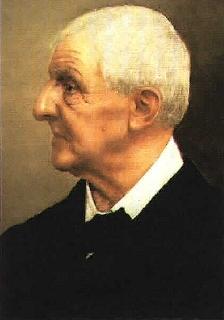







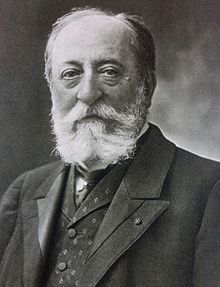


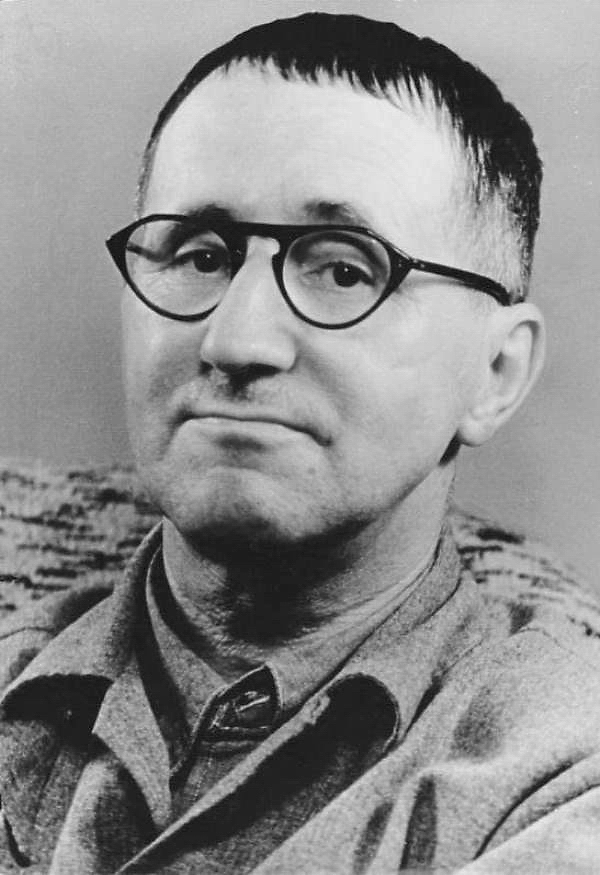
_Brecht_Dreigroschenoper.jpg?1477996377080)


